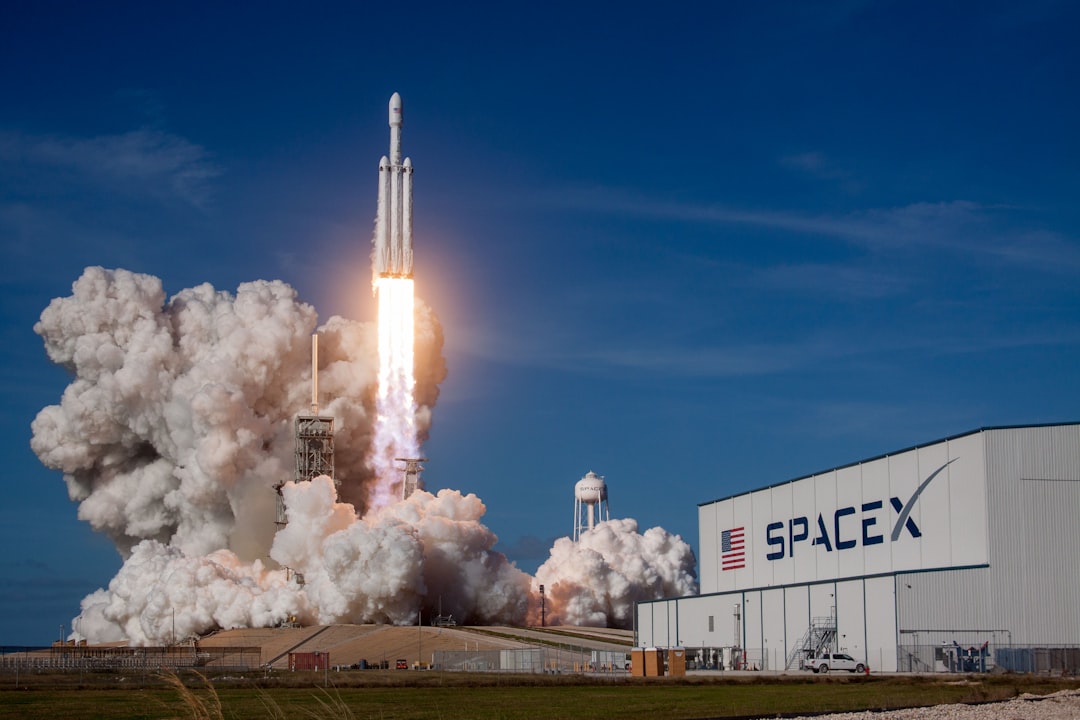SpaceX has been diligently working to prepare for its second orbital flight test (OFT) of Starship following the first test flight approximately three months ago. The company has made over 1,000 modifications to the rocket, including crucial adjustments to the thrust vector controls, staging, liftoff, and flight termination system.
One notable modification is the switch from hydraulic to electric thrust vector controls in Booster 9. This change aims to address the issue faced during the first flight, where a series of Raptor engine failures occurred due to cascading malfunctions. By implementing electric controls, SpaceX can isolate the engines more effectively and prevent such failures.
SpaceX also plans to utilize a hot staging technique during the upcoming OFT. In this process, the upper stage engines will continue firing while all booster engines are shut down. This enables continuous thrust throughout ascent and is expected to enhance payload capacity by around 10%. To ensure the booster remains undamaged during this technique, SpaceX has enhanced shielding and added a venting ring between the two stages.
To improve liftoff efficiency, SpaceX intends to throttle up quicker during the second test flight. In their previous attempt, they gradually increased Raptor thrust on the launch pad, resulting in a delay of nearly 10 seconds before Starship lifted off. The faster throttle-up process aims to minimize potential damage to the launch pad.
An essential aspect that SpaceX is working on is recertification of its termination system (FTS). During a post-launch call, Elon Musk highlighted that this would be a significant task as it took approximately 40 seconds for Starship to explode after initiation in the previous flight. Although an upgraded FTS has been tested at a facility in Texas, no specific timeline for certification has been disclosed yet.
Following the April test flight’s aftermath, extensive attention was required for rebuilding and upgrading SpaceX’s launch pad infrastructure. The powerful Raptor engines caused damage to Stage Zero, resulting in a cratered concrete surface and scattered debris over a considerable area. However, SpaceX has made remarkable progress in reconstructing the orbital launch mount (OLM), tank farms, quick disconnect arm, and concrete ground.
The most substantial upgrade to Stage Zero is the recent installation of a water-cooled steel plate system. This system ejects water upwards through perforations in the steel plate beneath the OLM. The water intercepts the fire from the 33 Raptor engines, absorbing their energy and cooling the pad. By implementing this water deluge system, SpaceX aims to protect the underlying concrete from further damage and minimize refurbishment efforts.
In addition to technical challenges, SpaceX is also dealing with regulatory matters. Following the midair explosion of Starship during the previous OFT, the Federal Aviation Administration (FAA) initiated a routine investigation. The FAA revealed that SpaceX has yet to submit a mishap report detailing corrective measures taken. Moreover, environmental groups filed a lawsuit against both SpaceX and the FAA regarding potential environmental impacts that were not adequately assessed before conducting launches from Boca Chica, TX. While Elon Musk expects Starship to be ready for another flight by August, obtaining regulatory approval remains a critical hurdle.
